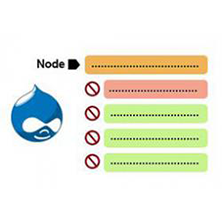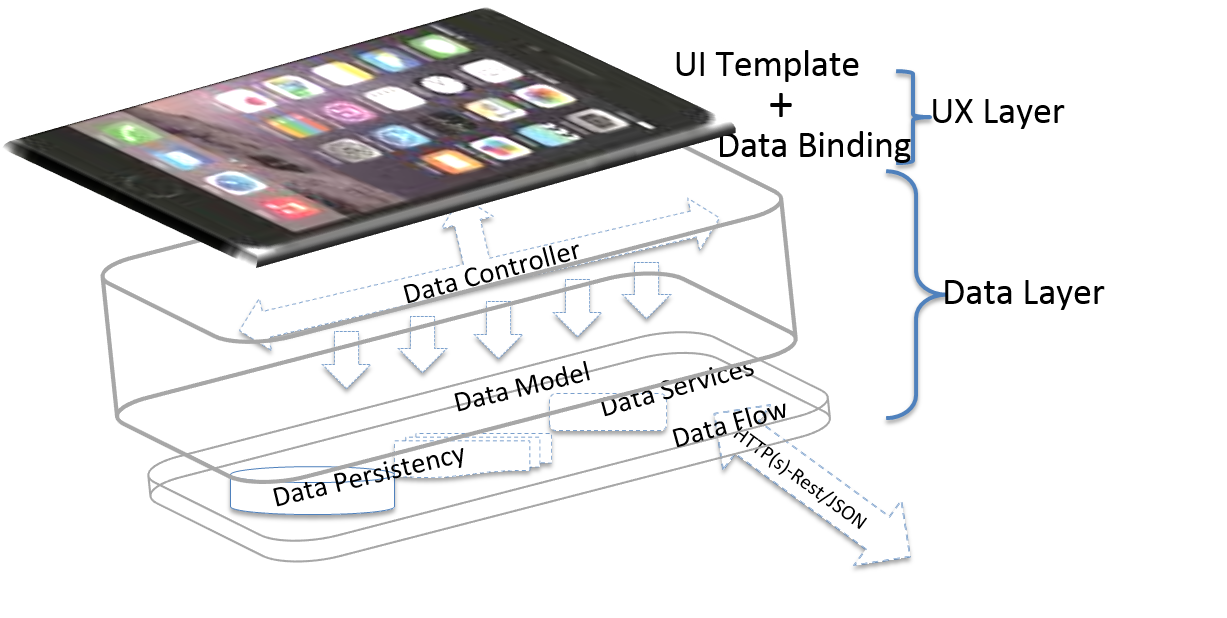Since 2001, when Dries Buytaert started a project to create an open source Content Management System (CMS) at the University of Ghent, Drupal and the education industry have had a deep connection. Today, this open source CMS has become an attractive platform for universities and campus communities to create powerful websites, social platforms, and internal community portals.

71 of the top 100 universities including MIT, Harvard, and numerous others (Yale, Penn State, Brown University, Cornell University, University of Oxford, Australian National University etc…) are using Drupal as their CMS.
One of the more satisfying capabilities that has propelled Drupal as the CMS of choice for schools and universities is scalability and flexibility to meet unique needs. Not to be forgotten is the thriving Drupal community, swelling worldwide Drupal adoption, and massive stack of Drupal modules.
Want to know more about why education institutions choose Drupal? Here are our top three reasons:
1. Flexible and persity = irresistible attraction:
Drupal’s architecture is capable of managing high traffic websites typically needed to support learning environments. On top of learning environments, Drupal can support a range of social networking and community-building modules, including a Facebook-style micropublisher, a FriendList tool, profiles, an activity stream, and a social-sharing toolbar. Also available are a fully-integrated chat messenger, a message broadcasting system, and more, allowing users to easily embed social media features for increased collaboration and interaction.
Drupal also provides the best solution for online education. The architecture can help an institution publish podcasts, upload videos and audio tracks with lesson plans, lecture notes, reading assignments and tests. It also helps educators to create a powerful platform for both dynamic community-based learning experiences and traditional cross-platform collaboration. (Across devices and even languages) Additionally, Educators can build their own courses or mix-and-match courses for a particular curriculum.
Zach Chandler, Web Strategist at Stanford University says, “I focused on finding ways to collaborate and build new things on the web, and that led me naturally to Drupal. We went from 100 sites to about 350 and we have 3 new sites everyday. Drupal is the most robust, the most flexible system available.”
2. Permission control to keep a tight rein on content:
Drupal has always been better on permission and control that benefits universities and colleges to centralize coordination and organization of content on their sections of expertise. An admin can create a learning environment where nobody can access the content outside of site and all the courses will be completely private. In addition, site admin will have selective permission control over which articles, pages, course, and other website content is visible and editable by the public visitors, teachers, members, staff, and students.
“Thanks to Drupal, we’ve gone from having to manage over 70,000 pages, to centrally managing several dozen content areas. Content is unique to its respective parent area, but can be shared across sub-domains easily and dynamically, according to how it’s profiled and tagged… Information can be made available on demand, for whomever needs it”, said Nicholas Maloney, Web Architect, Bentley University.
3. Proves the worth on smart phones and tablets:
The way tablets and smart phones are becoming a necessary accessory with the students and younger generation; Drupal is a proven solution for providing more control and more responsive sites within different education contexts. Responsive design is truly an effective strategy to respond to all visitors, regardless of what kind of device they’re using. You will able to deliver an optimized browsing experience to keep existing students engaged, enhance student enrollment and also provide value to alumni.
Besides these obvious above benefits, it also spares universities and colleges from costly licensing fees and vendor lock-in (in budget crunch).

Vippan Kumar is a Marketing and Communications professional with 9 years experience working in the dynamic B2B marketing environment. He spends his energy in strategizing, writing, reviewing a variety of content for demand generation and pre-sales support. He enjoys developing company literature like web content, whitepapers, case studies, blogs and opinion posts for different channels. He has a keen interest in digital transformation and next-generation technology like IoT, AI, and Analytics. He always likes to learn new skills. Reading, volunteering, and sports are his hobbies.








